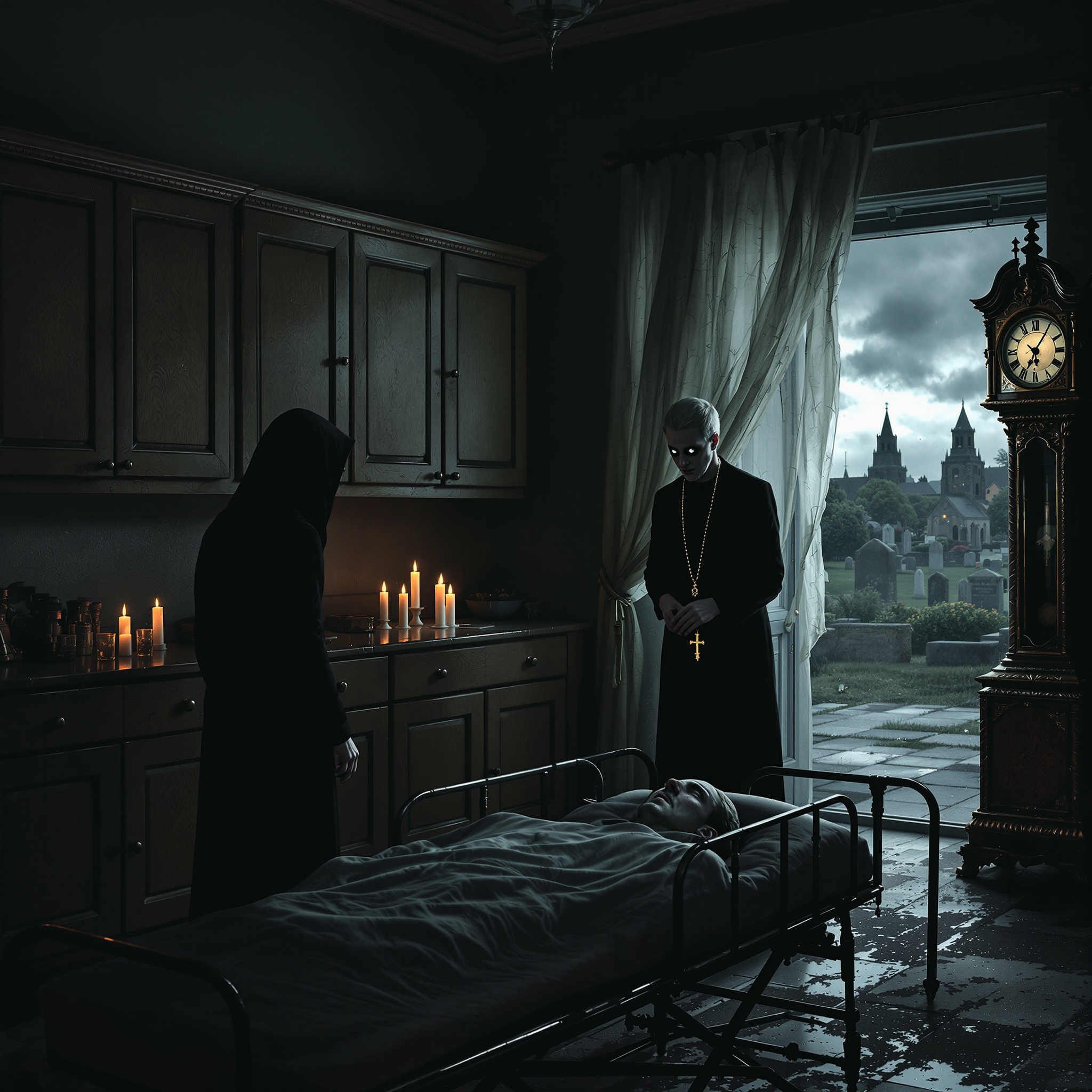The superstition holds that when a person dies and their eyes remain open, it signifies that the deceased is ‘watching’ or calling for someone else to join them in the afterlife. In many cultures, family members or morticians quickly close the eyelids of the deceased to prevent the perceived omen. This practice is often carried out by gently pressing the eyelids shut or using coins, cloth, or symbolic objects to weigh them down. The belief is particularly noted in Western and some Eastern European traditions and functions as both a ritual for respectful death handling and as a spiritual safeguard against further tragedy. The act of closing the eyes is also seen as helping the departed rest in peace and cutting ties with the living world.

A baby’s future career or fate is predicted by the first object they select during a ceremonial setup.
In several Asian and Eastern European cultures, a traditional ceremony is held for babies usually around their first birthday. Known


